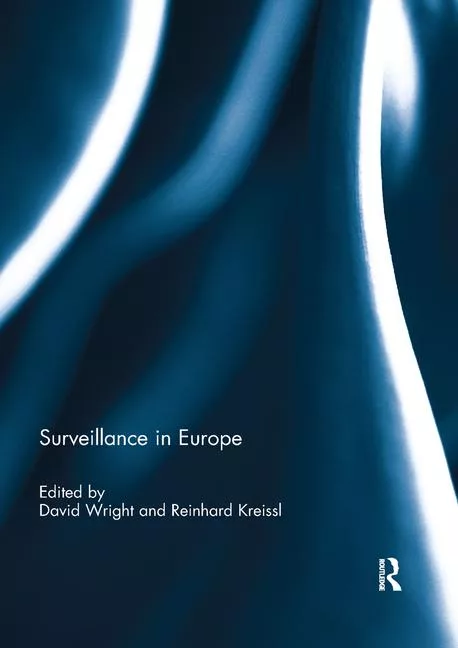Not Just Another Face in the Crowd

The South Korean National Police Agency (NPA) recently published results of a rigorous study of facial recognition technologies. Conducted by the NPA, the report summarizes two years of meticulous testing across a broad spectrum of competing facial recognition solutions.
“In order to deploy the best facial surveillance and recognition infrastructure throughout Korea, it is required to build real-time criminal surveillance and investigation centers, and develop various core technologies, such as a central watch list database system and video compensation technology,” said Jong-Moon Byun of NPA. “Our project proved that it is technically possible to compare and match facial images extracted from real-time security video streaming against watch list databases, and we feel very confident that we will be able to adopt this new facial technology in real-world NPA surveillance and criminal investigation work.”
The NPA requested that one of Korea’s largest security companies, SK Networks, aid them in the testing of various biometric and facial recognition technologies.
“Before testing, we were unable to get any results that would be satisfactory to the Korean government,” said Sung-Ho Kong of SK Networks. “We needed to achieve accuracy of around 90 percent with very low false positives for the test to be considered a success, and only the 3VR solution was able to achieve these results consistently.”
Safety Concerns Heightened
Over the past several years, high-profile kidnappings have left many South Korean citizens extremely concerned for their safety. In one case, the President of Korea took the extreme step of tasking thousands of his country’s police to review millions of hours of government surveillance video in the hopes of finding clues surrounding a child’s recent disappearance.
However, without adequate technology to help the police sort through the massive volumes of video surveillance data, the effort was unsuccessful, spurring the government’s search for a surveillance solution with comprehensive search capabilities.
“In 2008, we performed a live, uncontrolled test of facial recognition technology in Seoul subway stations, where the (facial recognition) solution was an impressive 85-92 percent accurate, depending on conditions,” said Kong. “No other solution approached this level of accuracy, vastly improving our ability to track, find and thwart crime in subways and other highly populated areas, which had previously proven extremely difficult to monitor.”
“Subways and other public, highly trafficked areas present numerous challenges in terms of facial recognition and tracking,” said Byun. “After our government project, we verified that it is really feasible to track and recognize faces in fast moving crowds of thousands with less than ideal circumstances, like poor lighting and limited photo angles. So if we integrate this new technology in the future with security video surveillance centers which run by municipal governments, it would be possible to achieve highly efficient surveillance infrastructure with less cost.”
However, without adequate technology to help the police sort through the massive volumes of video surveillance data, the effort was unsuccessful, spurring the government’s search for a surveillance solution with comprehensive search capabilities.
“In 2008, we performed a live, uncontrolled test of facial recognition technology in Seoul subway stations, where the (facial recognition) solution was an impressive 85-92 percent accurate, depending on conditions,” said Kong. “No other solution approached this level of accuracy, vastly improving our ability to track, find and thwart crime in subways and other highly populated areas, which had previously proven extremely difficult to monitor.”
“Subways and other public, highly trafficked areas present numerous challenges in terms of facial recognition and tracking,” said Byun. “After our government project, we verified that it is really feasible to track and recognize faces in fast moving crowds of thousands with less than ideal circumstances, like poor lighting and limited photo angles. So if we integrate this new technology in the future with security video surveillance centers which run by municipal governments, it would be possible to achieve highly efficient surveillance infrastructure with less cost.”
Looking for a reprint of this article?
From high-res PDFs to custom plaques, order your copy today!





